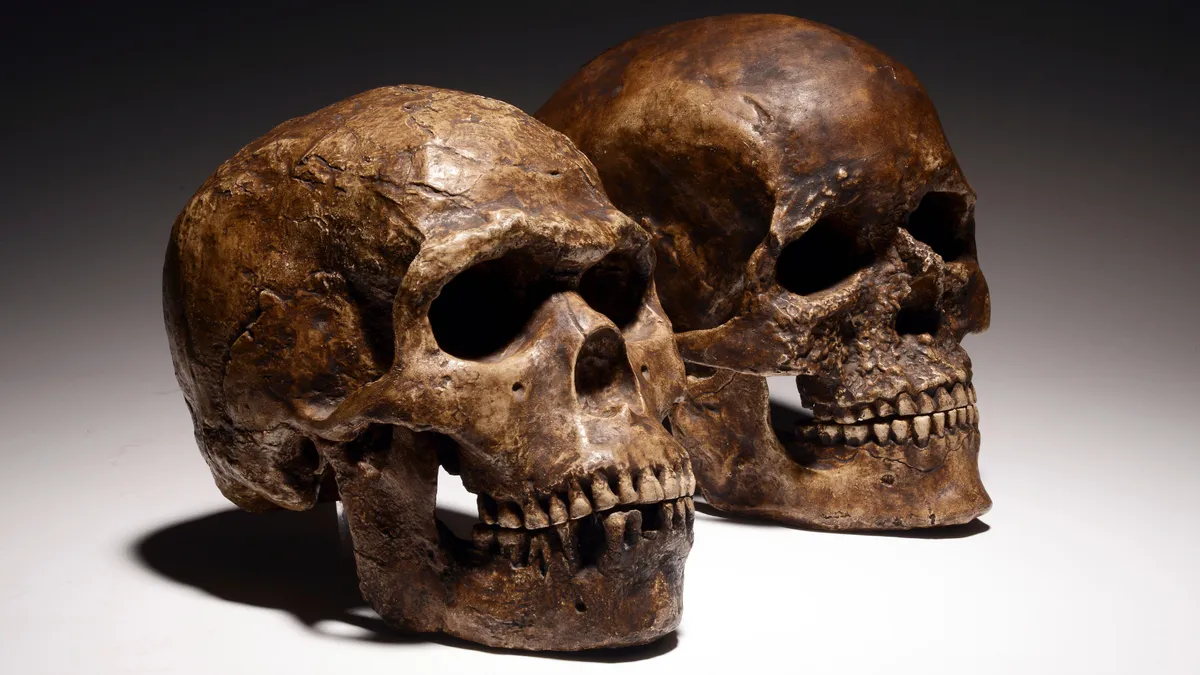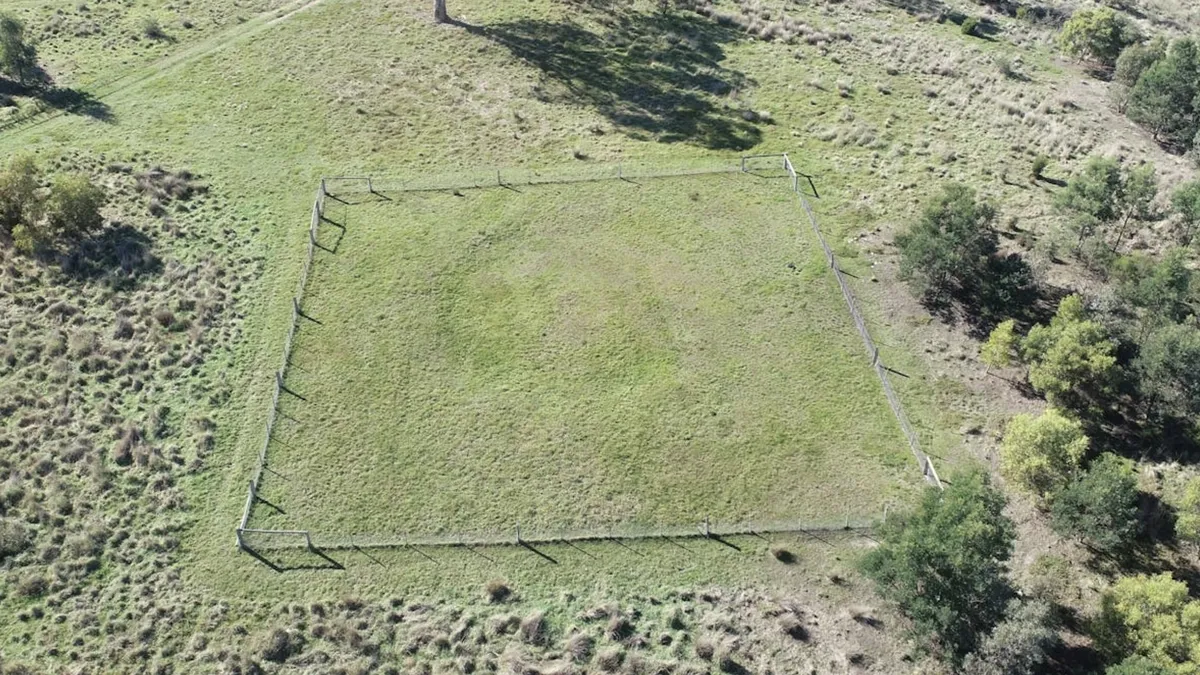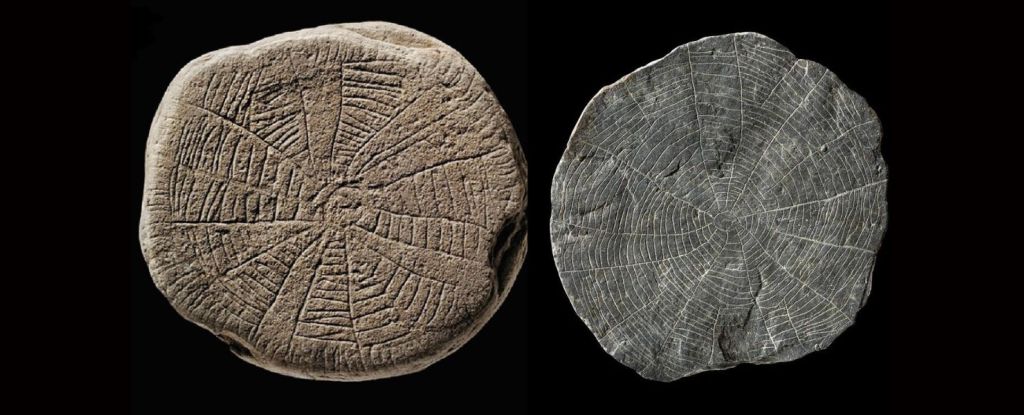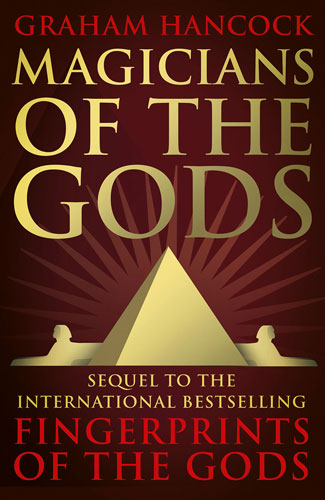Humans news stories

When modern humans journeyed out of Africa, a rapid evolution in their red blood cells may have helped them survive — but it may have also led to the eventual disappearance of Neanderthals, a new study finds.

Our research has revealed that the femur’s contents are arguably the oldest multi-component arrow poison in the world. It’s a complex recipe combining at least two toxic plant ingredients. There’s also evidence of a third toxin.
The bones are at least 1.95 million years old but could be up to 2.2 million years old. They may help build a picture of when early human ancestors left Africa and reached Europe and Asia, and the route they took. This has been an area of debate for decades. The paper was published in Nature Communications.

Astronomers have been confounded by recent evidence that the universe expanded at different rates throughout its life. New findings risk turning the tension into a crisis, scientists say.
Homo erectus may have been more adaptable and resilient than it’s often given credit for – new research provides evidence it adapted to live in desert-like conditions 1.2 million years ago. Archaeologists published findings in Nature Communications Earth & Environment.

A powerful psychedelic that is used in healing ceremonies by Indigenous groups in the Amazon is being trialled as a pioneering approach to reduce problematic alcohol consumption.

Our new study, published in Australian Archaeology, presents the results of the only known archaeological excavation of one of these rings combined with Wurundjeri Woi-wurrung understanding of these enigmatic places.

Our early human ancestors had a much greater adaptability to survive in extreme environments than previously thought.
Not simply Roman propaganda, new research has found that women were at the centre of social networks in Celtic communities and may have been influential in many spheres of Iron Age life.

Thousands of years ago, people on what is now the Danish island of Bornholm threw hundreds of mysteriously carved stones into a ditch before burying them. The research has been published in Antiquity.

A new study by archaeologist Xingtao Wei and his colleagues, published in the International Journal of Osteoarchaeology, provides insights into some of the earliest forms of humans processing bones into powder for cooking, dating back nearly 8,000 years (6,085 and 6,369 BC).

In a new study, researchers used lasers to uncover highly intricate designs of ancient tattoos on mummies from Peru…It wasn’t clear exactly how the tattoos were created, but they are “of a quality that stands up against the really good electric tattooing of today,” said Aaron Deter-Wolf.
A recent study examining the effects of ketamine infusion on depression found that the infusion induces psychological experiences of awe. These experiences may mediate the effects of ketamine on the improvement of depression symptoms. The paper was published in Biological Psychiatry Global Open Science.

An international study reveals how early humans, as far back as 1.5 million years ago, deliberately selected specific stones for their tools in the Ethiopian Highlands. The findings, published in the journal PLOS ONE, provide insights into the cognitive abilities and technological expertise of our ancestors.

The study, published in PNAS, addresses major gaps in the human genetic history of the Wallacean Archipelago and West Papuan regions of Indonesia—a region with abundant genetic and linguistic diversity that is comparable to the Eurasian continent—including the analysis of 254 newly sequenced genomes.

Egypt unveiled several discoveries near the famed city of Luxor on Wednesday, including ancient rock-cut tombs and burial shafts dating back 3,600 years.








